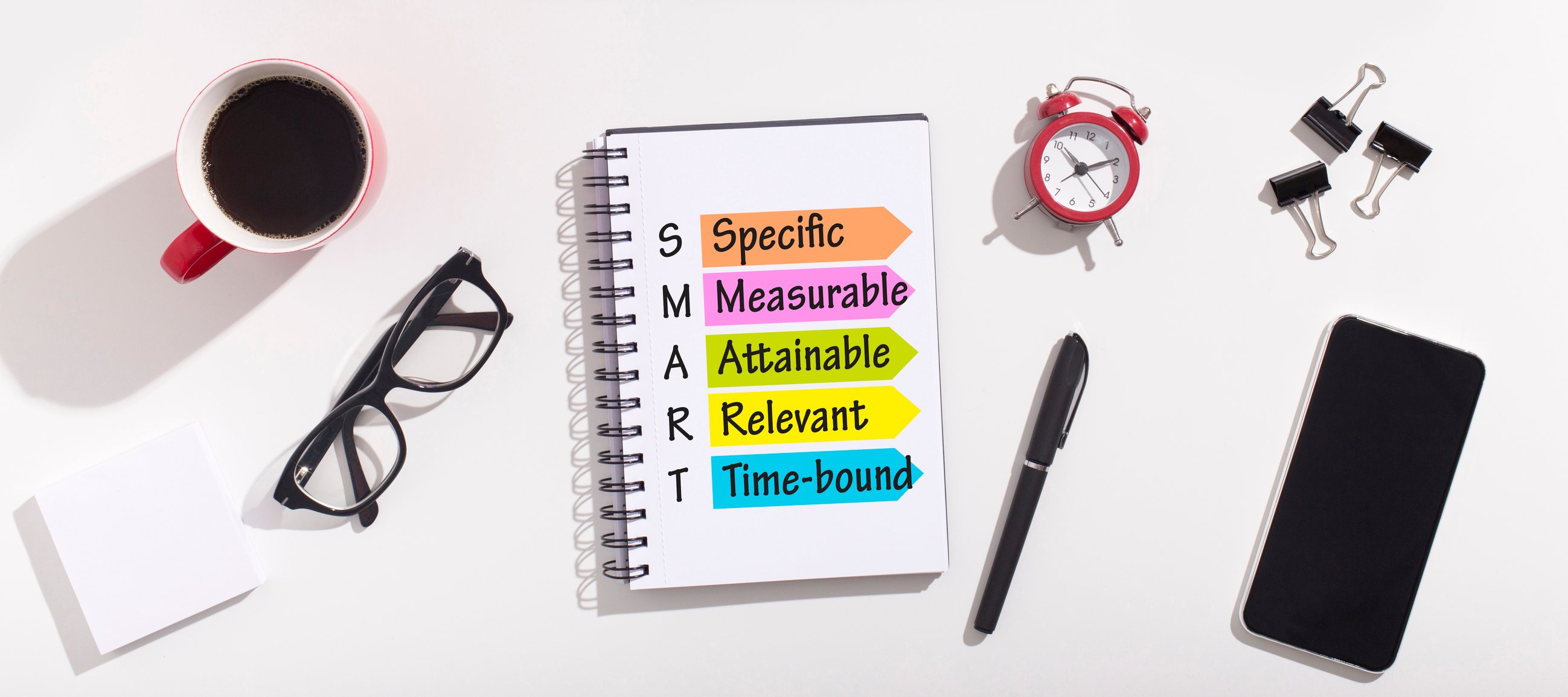 ‘’I am so stiff”. This is a statement heard quite often. More than likely, that stiffness or any type of unknown muscle pain may be result due to the lack of muscular flexibility. Flexibility is crucial in preventing muscle shortening while maintaining muscle length. Some additional benefits of flexibility are improved posture, physical performance, and strength. Stretching does not have to be done before or after an intense work out but should be incorporated within our everyday routine. If our muscles are warm, stretching can be done. I’d suggest immediately after a warm shower. Be sure to be grab a chair also. Yes, you can obtain the same results without being in a standing position.
‘’I am so stiff”. This is a statement heard quite often. More than likely, that stiffness or any type of unknown muscle pain may be result due to the lack of muscular flexibility. Flexibility is crucial in preventing muscle shortening while maintaining muscle length. Some additional benefits of flexibility are improved posture, physical performance, and strength. Stretching does not have to be done before or after an intense work out but should be incorporated within our everyday routine. If our muscles are warm, stretching can be done. I’d suggest immediately after a warm shower. Be sure to be grab a chair also. Yes, you can obtain the same results without being in a standing position.
Here are 6 basic seated stretches that can be done daily to improve flexibility:
- Sit and Reach: This stretch is designed to target your hamstrings which are on the back of your thigh. Tight hamstrings are one of the most common areas of stiffness seen in seniors due to the shortening of the muscle group. To begin slide to the edge of your seat. Starting with one leg out straight and the other at a 90-degree angle, take your hand on the same side of the leg that is out and reach for your foot. You want to make sure that your leg is completely straightened. Your knee should be locked. You may not be able to touch your foot in the beginning, but with practice and consistency that will eventually be your result.
- Torso Twist: This stretch targets your mid-section/torso. Sitting with great posture at the edge of your seat, take your left hand and place it on the outside of your right knee. If you have an arm rest place your right hand on the arm rest. If an arm rest is not available, place your right hand behind you. You’ll then want to twist at your torso as if you were looking over your shoulder. Repeat these instructions upon twisting to the left.
- Seated Cat Cow: Cat Cow is a stretch that targets your midsection and your back. Sitting up nice and tall, place your hands on your knees. You will alternate slowly between rounding your back and arching your back. Repeat at least five times.
- Upper Back Stretch: This stretch focuses on your upper back and shoulders. Wrap both hands around yourself as if you were giving yourself a big hug. You’ll then want to take your hands a pull your shoulders forward and hold.
- Triceps Stretch: Our triceps are often neglected when exercising, as well as stretching. Start by placing your hand behind your shoulder. You will then take your other hand and place it on the back of your arm, pushing your arm back as far as that muscle allows.
- Head Tilts: This stretch will target the sides of your neck. By leaning your head to either the right or left, you will begin to feel a stretch down the side of your neck. Try your best to keep your shoulders relaxed. Lifting your shoulders will defeat the purpose of this stretch.
Now that you have this take-home list of stretches, how will you incorporate stretching into your everyday routine?
Click below to learn more about our senior fitness programs and how we elevate the wellbeing of residents with our engaging approach.


 Once you determine your “why” you want to use that to help set your SMART goal and create your plan. The SMART goal technique can be used in many aspects of life, from fitness goals to work goals to even relationship goals. It helps to determine your long-term goal along with smaller short-term goals to achieve along the way. Think of these goals as stepping stones towards the success of your long-term goal. They should be built into your plan and will help keep you accountable along the way.
Once you determine your “why” you want to use that to help set your SMART goal and create your plan. The SMART goal technique can be used in many aspects of life, from fitness goals to work goals to even relationship goals. It helps to determine your long-term goal along with smaller short-term goals to achieve along the way. Think of these goals as stepping stones towards the success of your long-term goal. They should be built into your plan and will help keep you accountable along the way. At some point in our busy lives we eat a quick meal, or get so busy we forget to eat. Our jobs can leave us working while eating lunch, not truly taking the time to sit for the meal. Check out these four "not-so-healthy" habits and how you can work to fix them to avoid overeating during your meals.
At some point in our busy lives we eat a quick meal, or get so busy we forget to eat. Our jobs can leave us working while eating lunch, not truly taking the time to sit for the meal. Check out these four "not-so-healthy" habits and how you can work to fix them to avoid overeating during your meals. 
 Did you know? An ongoing lack of sleep or poor-quality sleep increases your risk of health problems such as cardiovascular disease, high blood pressure, diabetes, depression, and obesity.
Did you know? An ongoing lack of sleep or poor-quality sleep increases your risk of health problems such as cardiovascular disease, high blood pressure, diabetes, depression, and obesity.